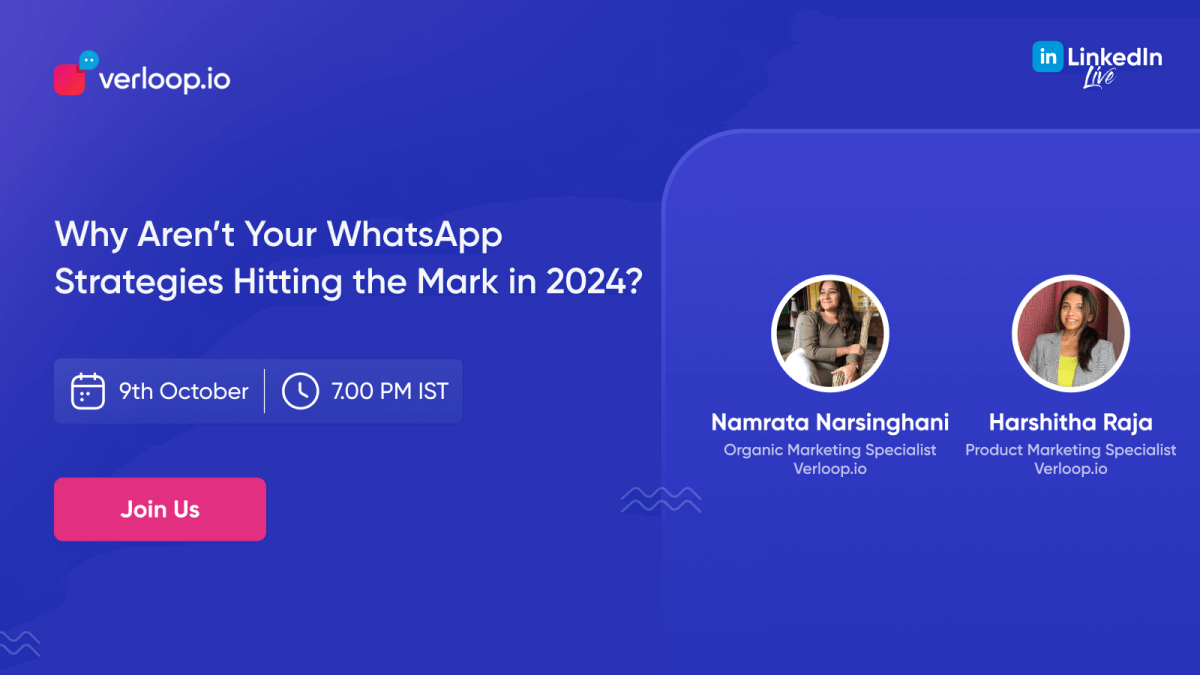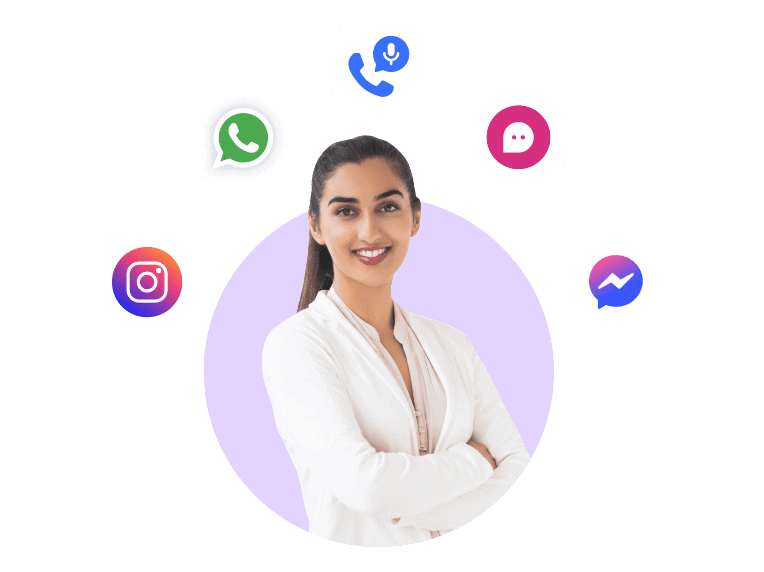

Hosted By

Namrata Narsinghani
Organic Marketing Specialist, Verloop.io
Panellists

Hosted By

Namrata Narsinghani
Organic Marketing Specialist, Verloop.io
Panellists
